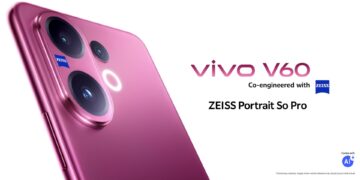Plagiarism is the sincerest form of flattery that mediocrity can pay to greatness, according to Irish poet Oscar Wilde. Or is it?
It can be a humiliating experience when you worked hard on an article, novel, artwork, or song and are looking forward to the royalties that will come in, but have the rug pulled from under you when a similar work that is almost identical to your earlier piece takes centre stage and upstages you.
Or worse, another artist had created an art piece that is almost identical to yours — passing it off as his original piece.
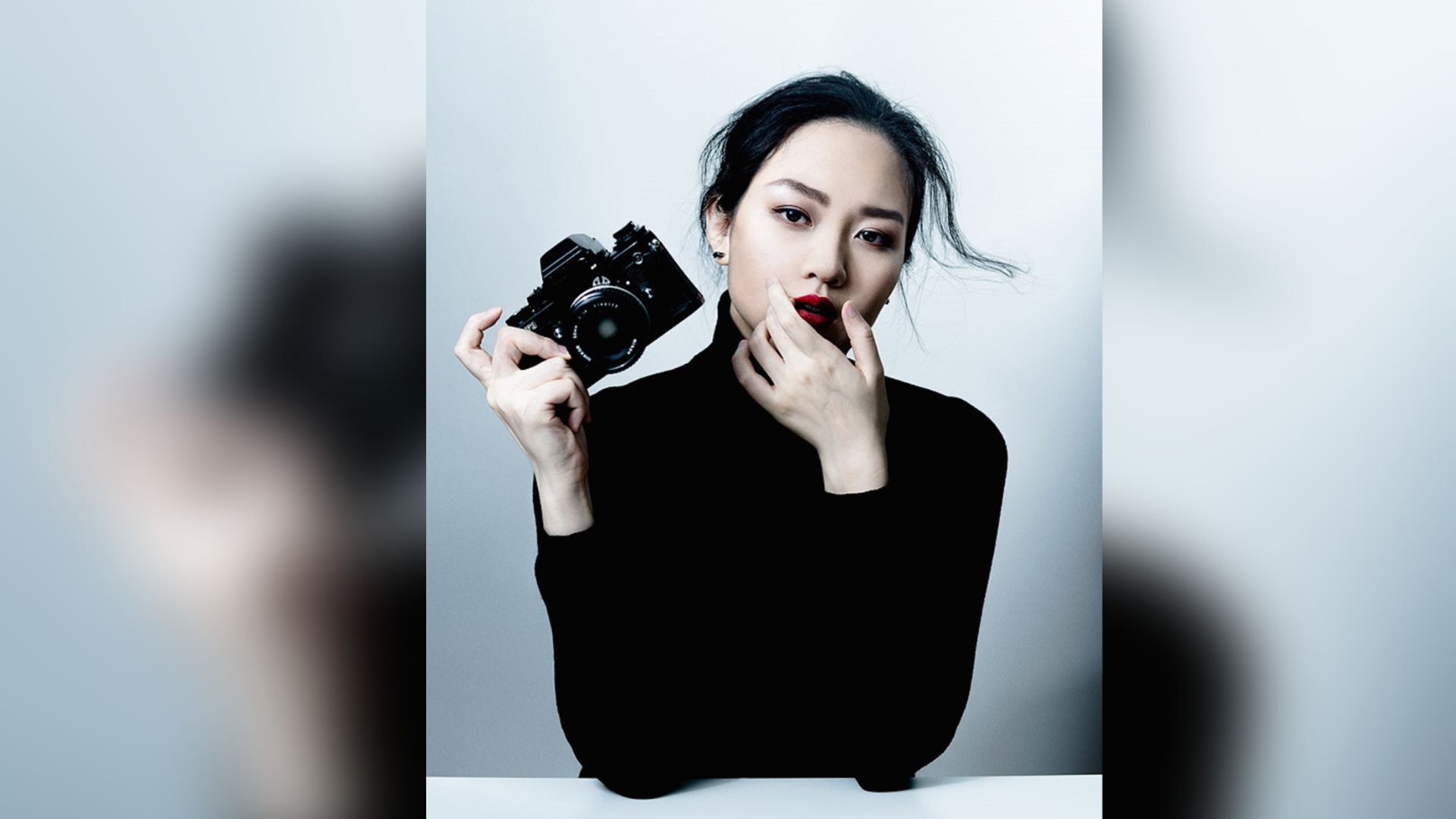
You can now imagine how Singaporean photographer Zhang Jingna felt when she learned that a Luxembourg artist Jeff Dieschburg had “ripped off” her work and to add insult to injury, Dieschburg’s “imitation” — an oil painting — was entered in a competition which won him the €1,500 (S$2,093) prize money.
Same concept, two different media
Zhang, 34, picked up photography as a hobby when she was 18, and soon began winning multiple local and international photography awards, including the Best Young Photographer of the Year at the 2015 Mobius Awards.
By 2018, she had carved a notable career as a fashion photographer and was named one of Forbes Asia’s 30 under 30.
In several posts on her social media accounts on 1 June, Zhang shared how she found out that a photo she had shot for the cover of Harper’s Bazaar Vietnam in 2017 had been copied by someone else.
In those posts, Zhang claimed to have been the victim of plagiarism.
An important distinction between inspiration and plagiarism is that an inspired writer usually adds something original to their work, even if it draws on ideas from an existing one. A plagiarist, on the other hand, merely copies someone else’s work.
When confronted with what he had done, Zhang said that Dieschburg denied culpability.
According to Zhang, Dieschburg had said that he was inspired by someone else who used her photos first and had created his image “in an artisanal way” with “different colours, flipped the photo, and added earrings and a sword”.
Zhang did not buy into his argument. “To see someone praised, awarded, winning prize money, and shamelessly doing interviews while claiming credit despite copying so much of another person’s work… the audacity and utter disrespect,” she said.
“I don’t know how someone begins to think that this is ok and is something they can be proud of. I’m so speechless I can’t even begin to process what to do. It’s just insane.’’
According to Zhang, Dieschburg’s work was displayed at the 11th Biennale of Contemporary Art in Strassen, Luxembourg, and put up for sale for €6,500.
“Just to be clear, fan art/studies made for personal practice, not for profit, and are credited, aren’t the issue. The problem is someone claiming full credit after plagiarising a work and using it in competitions, exhibitions, commissions, or for sale. That’s infringement,” Zhang wrote in a tweet on 8 June.
She told news portal chronicle.lu on 3 June 2022, “I’m always happy to let students reference my work for studies or practice, so long as it’s not for official portfolios, commercial gain, and (it should) always be credited.”
Chronicle.lu reported that Dieschburg in turn told newspaper L’essentiel, that he had conducted the work as part of his studies, arguing, “A painter can appropriate a material and transpose it into another context. I defend the principle of mimicry. It’s a common artistic strategy.”
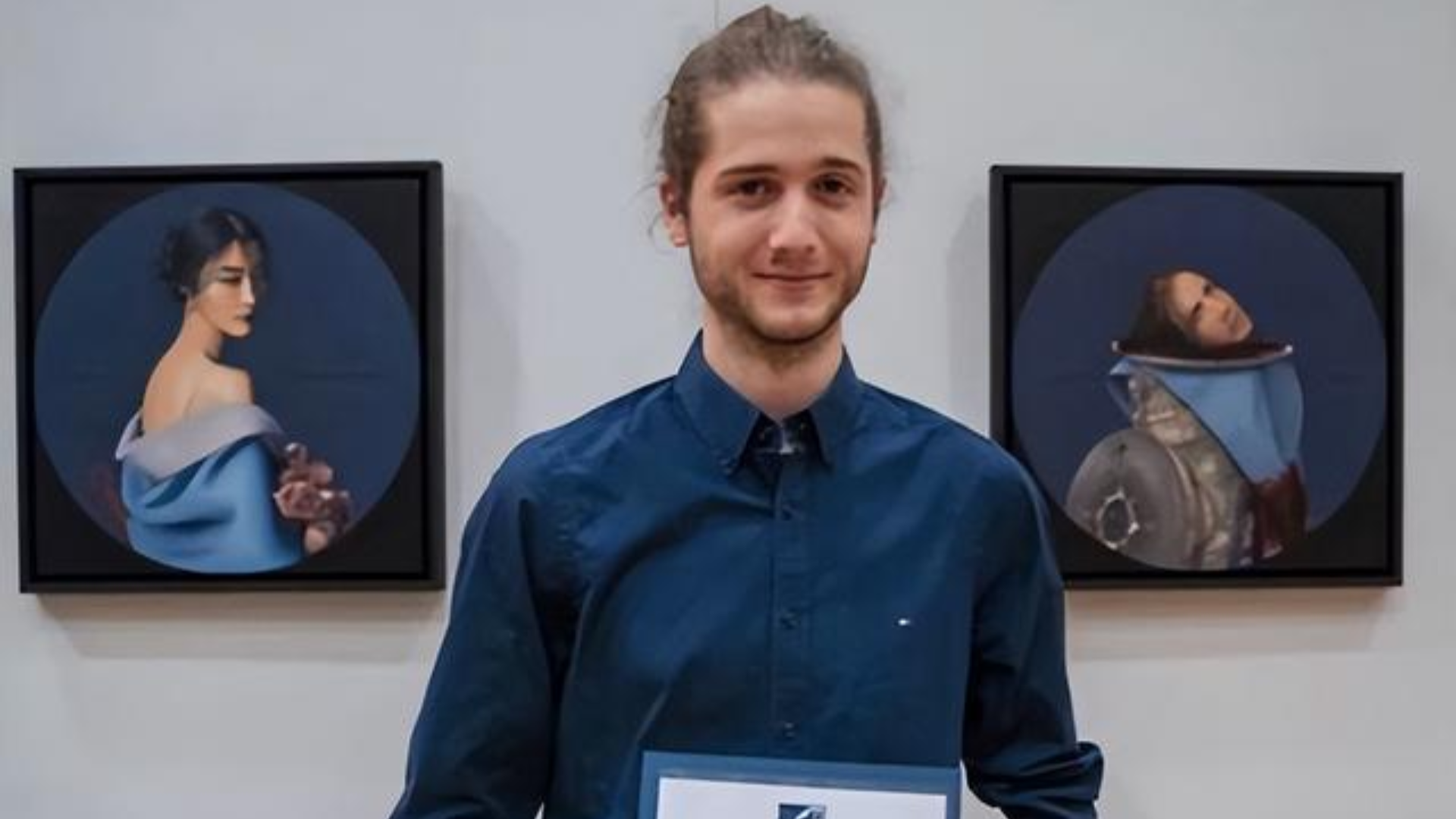
In response to the allegations, the Contemporary Art Biennale said on 2 June that it had decided to “consult a specialist on the matter“.
Dieschburg’s lawyer Gaston Vogel, added: “In history, artists are inspired by each other. Those who accuse him are mistaken.”
Zhang has since sought the help of lawyer Vincent Wellens, who told news portal Delano.lu that “the first step” Dieschburg should have taken was to “ask the author’s permission”.
Between music plagiarism and referencing
Last year, The Straits Times reported how hit song Your Name Engraved Herein had been accused of plagiarism, but home-grown songwriter Tan Boon Wah – one of its three composers and lyricists – saw no issue.
The controversy reportedly began on 28 Aug 2021, when Taiwanese television host Jacky Wu claimed the song plagiarised British singer Richard Sanderson’s 1980 song Reality. Other netizens also made close claims, noting similarities between the song and Chinese pianist Jinbao’s song Liberty Hill.
Tan, a lawyer, worked with Malaysian collaborators Keon Chia and Hooi Yuan Teng on the track, which was also the theme song for a Taiwanese movie of the same name.
In an interview with Lianhe Wanbao, Tan says: ‘’I was brushing my teeth one morning when a melody suddenly appeared in my mind. I just recorded it with my mobile phone. I did not refer to any works.”
He added that he did not even know of Liberty Hill, and has spoken with Chia and Hooi, who have also taken to social media to deny the allegations of plagiarism.
Warner Chappell Music released a legal letter on 29 Aug 2021 denying the allegations, and the three men said they will let the company manage the matter.
Reports of Zhang and Tan highlight the thin line that comes between determining that someone’s work is originally inspired or copied in some way or form. So how does one determine between inspiration and plagiarism?
Lawyer Gloria James of GJC Law, clarifies, ‘’Plagiarism is the act of presenting another person’s work or ideas as one’s own without the other’s consent or acknowledgement, while inspiration refers to taking the influence from another body of work, for one’s own work or ideas.’’
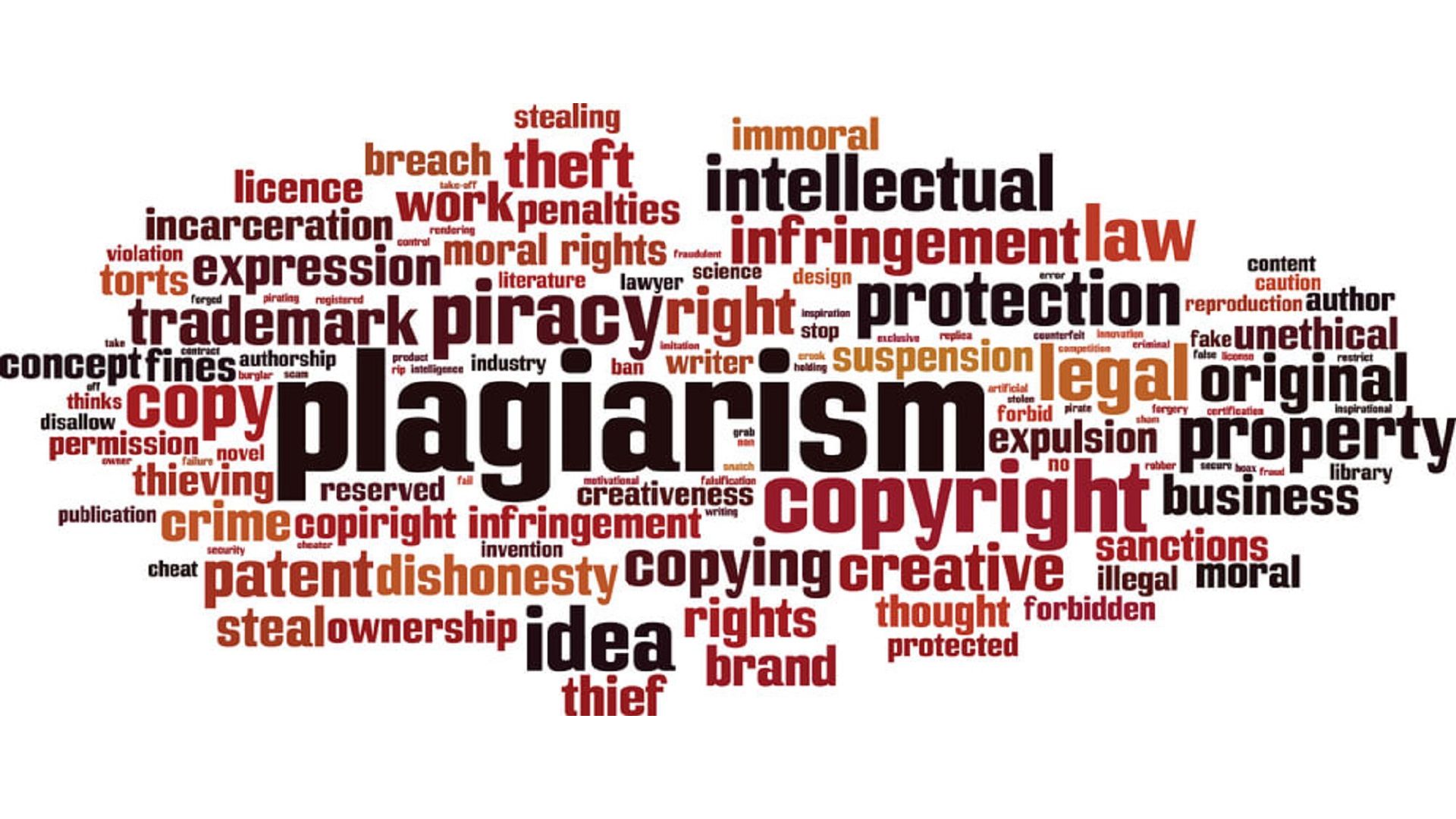
Ms James, who is working on her PhD, adds, ‘’The first thing I learnt in Module 1 (of my course), is that academics must not plagiarise the works of other academics and if using the phrases, full citation (acknowledgment) is to be given. Otherwise, one will not succeed in completing the PhD.’’
She adds that confusion between these extremes does occur. “It is one thing to incorporate elements of someone else’s work into your own, and another to copy it wholesale. The distinction between the two essentially turns on a few key points – whether one person owns the rights to a body of work or idea, such that it is possible to be ‘taken’ or ‘presented’ without their consent, what the extent of the influence was, as well as the presence of an acknowledgment,” she says.
‘’If you own a right to a body of work, that is, you have a copyright over it, you may take action against another person for infringing the said copyright, under section 436 of the Copyright Act 2021,’’ Ms James adds.
While Dieschburg defended his right to ‘’the principle of mimicry’’ in his ongoing tussle with Zhang, Ms James says that permission should be sought if an artist aims to appropriate even a small part of an existing work by another artist as part of his own.
She says, “In general, original creators of a body of work are its default copyright owners, under the Copyright Act 2021. As such, when using authorial work or a performance in public, be it in person or online, one must share the identity of the creator to avoid liability under the Act.”
“The exception to this lies in fair use – wherein certain copyright-protected works may be appropriated for the purposes of reporting news, criticism or review, and research or study. This is covered under sections 190 to 194 of the Copyright Act 2021. The Intellectual Property Office of Singapore has released a useful factsheet on this,’’ she adds.
Ms James cites two other Singapore cases to highlight her points: the first was in 2021, when Indian composer Joseph Mendoza was accused of plagiarising the popular patriotic hit ‘Count on Me, Singapore’ when composing a separate song, ‘We Can Achieve’.
The songs are nearly identical with some distinctions lyrically. While initially stating that he wrote ‘We Can Achieve’ some three years before ‘Count on Me’, Mendoza later withdrew these claims after the Ministry of Culture, Community and Youth (MCCY) pressed him for evidence. His song has been taken down from networks and platforms, and no further action was taken.
The second case happened this year when 11 students were found to have colluded with each other to cheat on the 2020 Bar exams. Their answers were identical, down to the patterns and errors of the essays. The matter was brought to light after the Singapore Institute of Legal Education began an inquiry and they admitted to the acts. It was decided that their Bar admissions were to be delayed. All 11 aspiring lawyers later had their identities publicly disclosed.
‘’This case presents a cautionary tale of plagiarism and its consequences, not simply in terms of monetary, but also permanent reputational damage,’’ Ms James says.
Copycat building designs: Inspired or cheating?
Plagiarism does not only start and end in writing and the arts.
With growing numbers of buildings being constructed and looking remarkably similar to one another, it would resonate that the copyright for architectural designs would be important among architectural firms.
But Chilean lawyer Juan Pablo Klenner finds that copyright is one of the most discussed topics in architecture. His book “Architecture too. Copyright for Architects”, investigates the fact that architecture, being an art itself, is also protected by copyright, and needs to be better protected by the law.
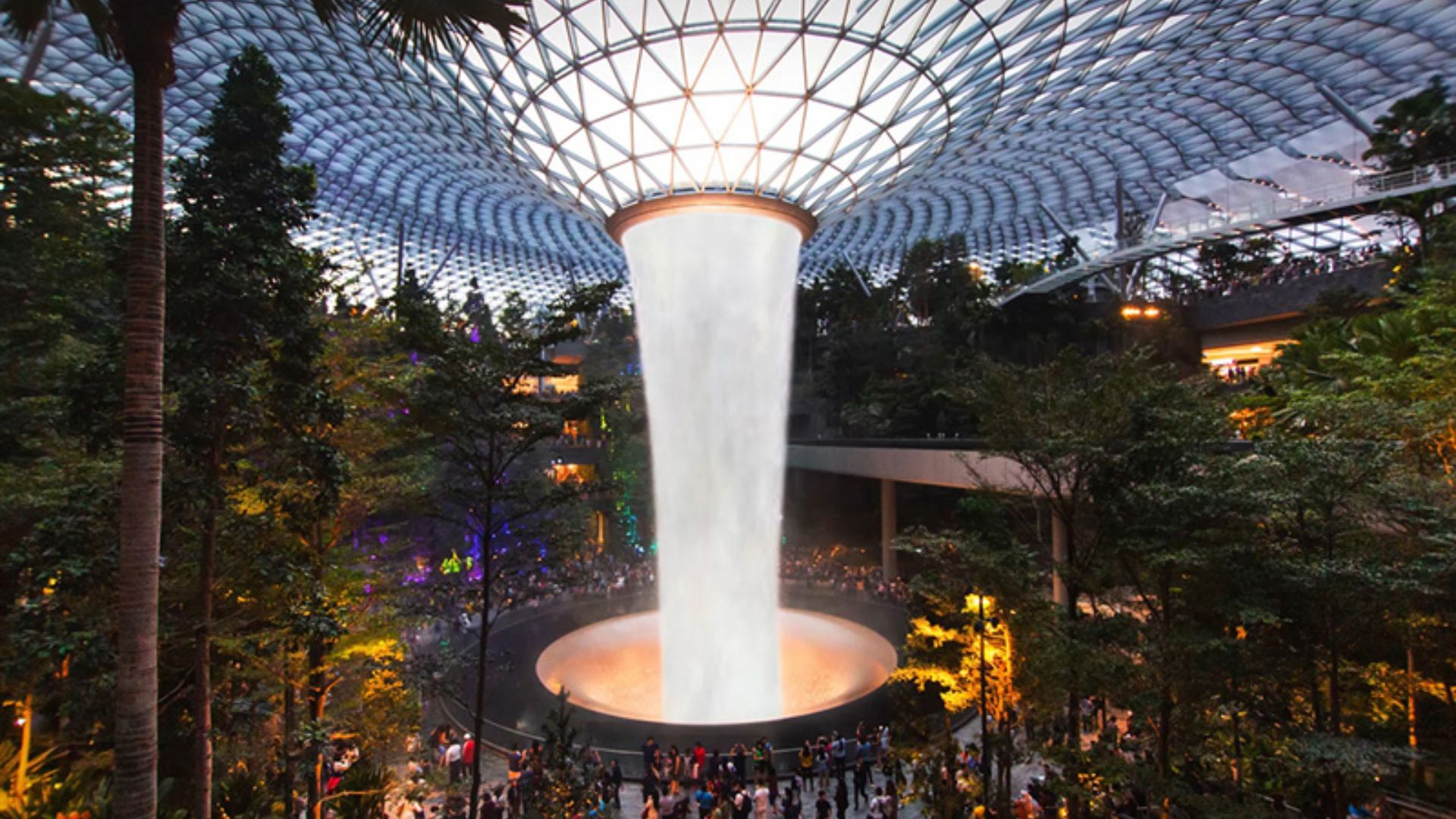
Asked to clarify between inspired and plagiarised architectural works, Klenner told ArchDaily, ‘’Firstly, there are those works influenced by the work of others, but in which there is no particular work used as a mould. In this sense, we can take the example given by Enrique Browne in his work ‘Architecture: Critique and New Era’, in which he speaks of Frank Gehry as an architect who “sculpted” his architecture, without us being able to point to a specific work that he adapted to create his works, but rather to the influences he used to build them.
“Secondly, there are those works that are derived from a pre-existing work. A derivative work is a work that cannot have been created except by adapting an earlier work that served as a model. Derivative works need the authorization of the owner of the original work to be created, but once they are created, they enjoy the same rights as an original ‘autonomous’ work.’’
Klenner further clarifies that in the case of architecture, plagiarism involves “the exact copy of an earlier work’’. “…so it is not a new work, but a reproduction. Hence, no new rights are created for anyone, but rather it is the execution of an existing work, which requires the authorisation of its owner,’’ he adds.
Klenner defines the parameters by adding, ‘“The question you are really asking is when is it a work that was created solely on the basis of influences (and therefore needs no authorisation), versus a work that was created on the basis of another work that served as a model (and therefore requires the approval of the owner of that work)?”
“And the answer is given by the question: when a work necessarily arises from the adaptation of an earlier work, we are dealing with a derivative work that needs the authorization of a third party. Obviously, this is something that, in most cases, only a court can settle.’’
Klenner found that architects in Chile, and other parts of the world, are usually unaware about copyright or unwilling to enforce copyright infringement laws for fear of confrontation or litigation. But the importance of such legislation and protection pushes him to advise architects to be better informed and up to date about copyright legislation and regulations in Chile and beyond.
He said, ‘‘One of the great gaps in the education of artistic careers in Chile, including architecture, is to focus excessively on the creation of content and almost nothing on the management of that content. The practical and legal gaps when it comes to good professional practice are evident and the problem is that there is little solidarity or union among professionals themselves…there is a need for greater communication between architects, all of whom have similar cases to share, and which should not have to continue to be replicated by the new generations.’’
Anyone who needs to use or refer to copyrighted works, the following rules of thumb should apply:
1) Check copyright expiry of the original work
You need to check if the copyright has expired by first searching the Ministry of Law’s Copyright Consultation Paper published on 5 February 2021. Page 8 sets out the relevant copyright timelines for different types of artworks. Where copyright has expired, one is free to use or copy the original work. If it is difficult to determine whether the copyright has expired, for example where the copyright owner is untraceable, any use or copying of the original work could mean infringement.
2) Consider the ethical boundaries of using the original work
If a product, design or work has no attached copyright, you should consider if it is fair and ethical to use or copy the designs. This can occur when an original design holds special meaning to the ethnic community that created it, but which may not be legally recognised as the copyright owners. For parodies of famous figures, characters and movies, consider the ethics of copying them even if some of the works themselves may not be copyrightable.
3) Get approval to use original work
If the copyright for the product, design or work, is still in force, you must obtain written permission from the rightful owner in the form of a licence. Organisations who outsource work to vendors will usually contractually require and remind vendors to obtain the relevant permission from the copyright owners.
People’s Association, Radin Mas Constituency Office, and their vendor Warabi Enterprise (Art Studio) got in hot water in May 2021 after Warabi Enterprise failed to obtain permission from Sarah Bagharib and her husband to use their wedding photo as a standee for their Hari Raya decorations at a Tiong Bahru housing estate.

PA had apologised to the couple but a meeting set up between the parties was eventually cancelled. In an Instagram post, Ms Sarah expressed her disappointment that PA cancelled the meeting, calling it “a missed opportunity for constructive dialogue; for thoughts and suggestions of members of the community to be relayed, and also for the People’s Association to listen to the people’s voices”.
Well-known international cases involving alleged plagiarism
Apart from this local conflict, there were others abroad that were well-documented:
In 2016, then-US First Lady Melania Trump came under fire in 2016 for her speech made shortly after her husband became President. It was obvious the content and structure of her speech were similar to that delivered by former US First Lady Michelle Obama eight years earlier. No lawsuits were filed but the public backlash that Melania Trump faced served as a good reminder of how “an inspiration” can be taken too far.
Two years later in 2018, a federal jury in US ruled in favour of Marvin Gaye’s estate after it was found that Robin Thicke and Pharrell Williams had illegally copied Gaye’s 1977 song ‘Got to Give Up’, when composing their 2013 hit, perhaps aptly titled ‘Blurred Lines’. The Court ordered Thicke and Williams to pay Gaye’s estate a whopping US$5.3 million. The case was notable since a great number of hit songs are “inspired” by other songs before them.
Then last year, a Paris court of appeals found pop artist Jeff Koons guilty of copyright infringement when his 1988 sculpture titled ‘Fait d’hiver’ had plagiarised a photo of a French clothing manufacturer’s advertising campaign. Koons was ordered to pay damages amounting to about US$170,000 to the advertising designer for the unauthorised imitation.
China’s fast fashion giant Shein is regularly criticised for allegedly stealing designs from established brands and small businesses and failing to credit the originals and representing the designs as their own. They were sued by Levi Strauss in 2018, AirWair (the makers of Dr Martens) in 2021, and Stussy in 2022, not including countless other independent designers that have come out to expose Shein’s blatant plagiarism of their works.
When all is said and done, the best way to avoid copyright-related entanglements is to avoid dealing with copyrighted works altogether. While there are no copyright problems in using or copying Leonardo da Vinci’s 15th and 16th century works because they are no longer copyrighted, you still have to be careful when it comes to the works of Pablo Picasso. His death in 1973 means that in Singapore, one can only use or copy his works only after the year 2043.
Related: SMU calls the bluff of assistant professor, academic fraud discovered
Join the conversations on TheHomeGround Asia’s Facebook and Instagram, and get the latest updates via Telegram.




